The hypnotic flicker of flames, the cosy ambience – nothing beats the warmth of a wood burning stove.
And as the autumn chill truly kicks in, many of us will be stockpiling logs and snuggling up in front of our wood burners.
For those who live remotely, and in places prone to power cuts, it’s reassuring to know we can heat at least one room and boil up pans of food and water.
Earlier this month, the Scottish Government temporarily dropped a ban on installing stoves in new-builds or conversions.
While many welcomed this, with the Stove Industry Association (SIA) calling it a “common sense and progressive step”, opinions were divided.
Those keen for them to be banned, including Professor Jill Belch, who works at Dundee University, believe the public should be made more aware of the risks.
Essentially, domestic wood burning creates PM2.5 particles, which are so small they can enter the bloodstream.
These particles have been linked to a wide range of health problems, including heart and lung disease, and cancers.
Dundee wood burning stoves supporter: ‘My burner was a game-changer’
It’s 10 years since stay-at-home dad Stewart Ross bought a wood burner to heat his Dundee flat.
Stewart, 63, says: “It’s in an old Victorian building and has the world’s least-effective gas central heating.
“The wood burner was an absolute game-changer. It warms up the whole place.
“It’s our primary source of heat from October to the end of March.”
Stewart is aware of concerns about pollution, but reckons a plane taking off from Dundee Airport “churns out more”.
The wood he buys is locally sourced – from Tayside Forestry.
And it’s not just heat Stewart and his young family enjoy. Lighting the fire can boost a huge sense of wellbeing.
“It changes the ambience of the room when the flames start flickering,” he says.
“Sometimes when we’re watching TV, we realise we’ve been staring at the fire for 10 minutes.
“And when friends visit on cold nights, they comment on how welcoming the room is.”
‘Our stoves are eco-friendly’
Newtyle-based GP Angela Little and her husband Gareth Brass, who runs a dog walking and boarding company, are fellow fans of wood burners.
Their canine clients are equally keen to curl up in front of them.
“We’re remote from the village – we’re not on gas or mains drainage,” says Angela.
“So we have oil-fired central heating and had two wood burners fitted by Dundee Independent Stoves. Both are eco-friendly stoves.
“We light one every night for six months of the year, and light both during cold spells.
“We use kiln-dried or well-seasoned logs cut from trees on our property lost in storms.”
Why are some opposed to wood burners – even greener ones?
While she can see the appeal of wood burners, admitting she likes the smell, Professor Jill Belch is staunchly against them.
Jill, who is head of the Institute of Cardiovascular Research at Dundee University, says their “dangers” are under-recognised by the public.
“Levels of harmful PM2.5 pollution are three times higher in homes using wood burning stoves,” she warns.
“It’s like having a diesel truck in your living room, affecting you, your children and your neighbours, who have no choice but to breathe your polluted air.
“Wood smoke exposure kills. The government should’ve led a publicity campaign about why they were to be banned, and prevented a huge public health issue, killing us and our children.”
Referring to the temporary pause to ban wood stoves as “unfortunate”, Jill advocates keeping the ban and allowing exemptions.
“Those off-grid can often get free solar and heat pumps, so the need for exemptions is very small, ” she adds.
‘Eco-stoves’ are a misnomer, say campaigners
“The big problem is not those living off grid – it’s what’s happening in cities and towns.
“Studies show only about 8% of people burn wood out of necessity in the UK.
“The vast majority of wood burners are middle class home owners.
“And so-called ‘eco-stoves’ are a total misnomer. These still produce PM2.5 in large quantities.”
Jill says if you must use a wood stove, use it alongside an air purifier.
She adds: “The strange thing is, many people with wood burners are very eco-minded, but they just don’t know the facts.”
What happened with the ban?
Earlier this month, the Scottish Government temporarily dropped restrictions – which came into effect in April – banning new homes and buildings from installing wood burning stoves.
The rules were reviewed after concern a ban would negatively impact those in rural areas with no access to main gas supplies and who relied on wood burners during power cuts.
What do industry figures say about wood burning stoves?
Graham Ellis, director of Dundee Independent Stoves, was against the ban from the start.
“Virtually all modern stoves are ‘eco stoves’ incorporating advanced combustion technology, such as secondary air supply or catalytic converters,” he says.
“That’s to ensure a cleaner burn and reduce the amount of harmful by-products.”
Last year, along with JRF Chimney Specialists, his company fitted one of Scotland’s first Exodraft ESP particle filters which Graham says reduces particles by 95%.
“Surely it would be a more pragmatic approach to make products like this mandatory in new builds instead of unilaterally banning stoves?” he adds.
Steve Beattie of Tayside Stoves says the great thing about burning timber is that you’ll never have a sky-high heating bill.
“It’s sustainable heating and pay-as-you-go fuel,” he adds. “Timber has less of a carbon footprint than electricity.”
And what about the climate?
Green MSP Maggie Chapman, who covers Dundee and Angus, is keen to see use of wood burning stoves limited.
“Watering down or dropping this commitment sends the wrong message and takes us further away from hitting climate targets,” she adds.
Huge demand for firewood
Rory Galloway, the owner of Arbroath-based Angus Logs, says dramatic fuel price increases in 2022 resulted in demand for firewood rocketing.
“The popularity of wood burning stoves has allowed homeowners to take advantage of renewable heat fuels like faster growing softwood larch over fossil fuelled energy.
“Our kiln-dried logs have a low moisture content which means they burn better, produce more heat and 50-80% less smoke, which improves air quality.”
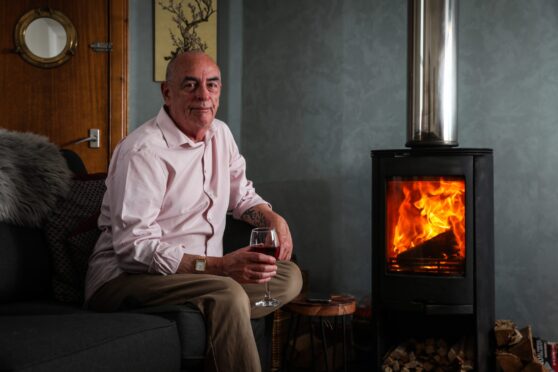
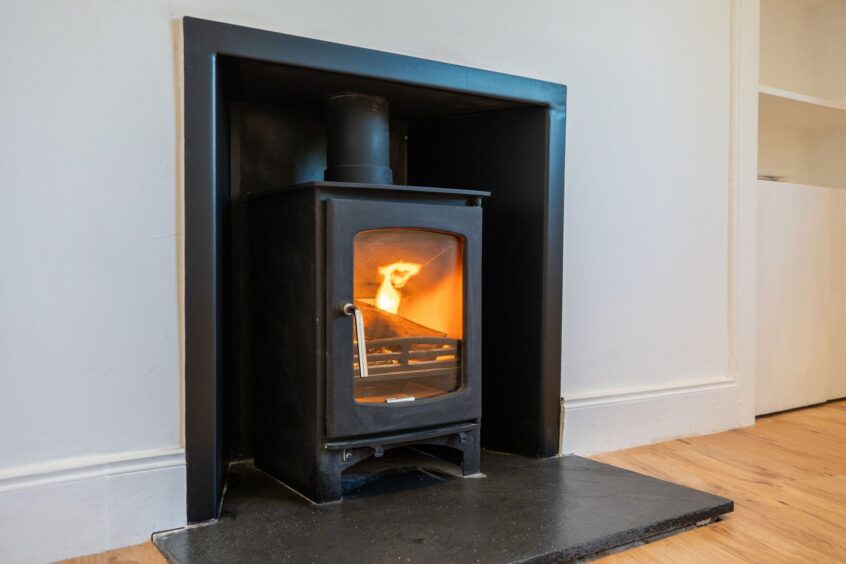
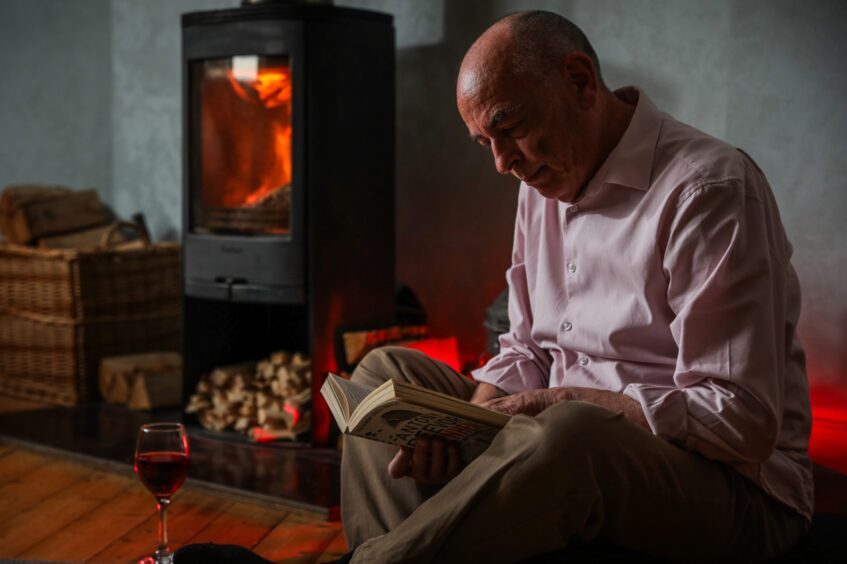
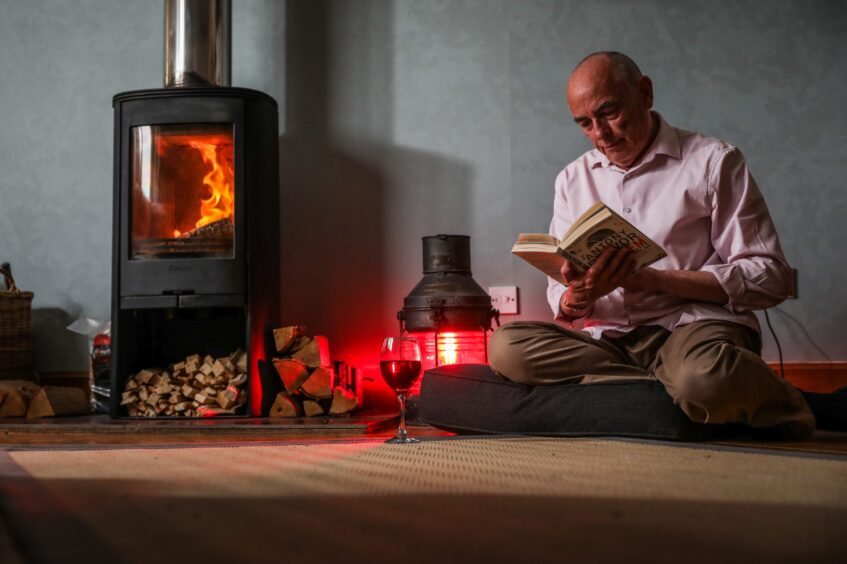
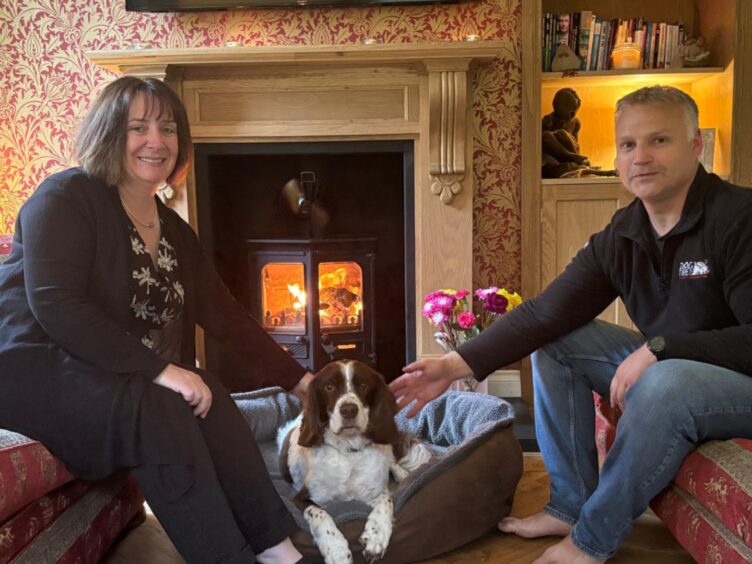
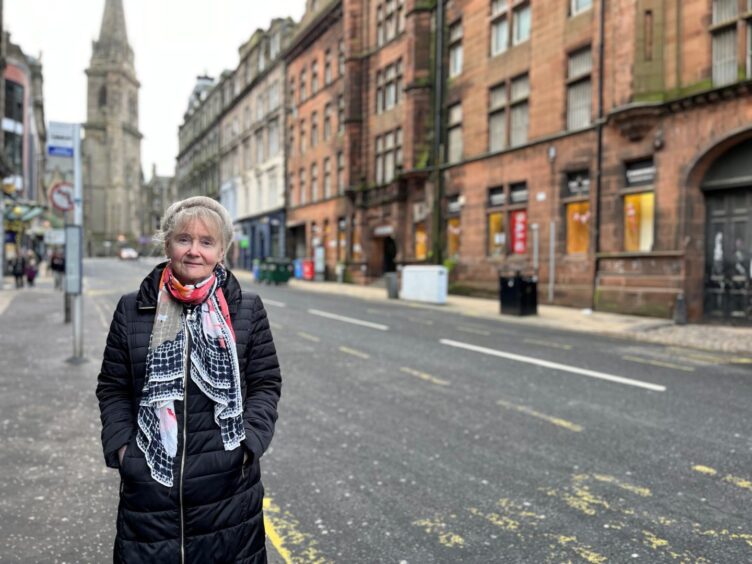
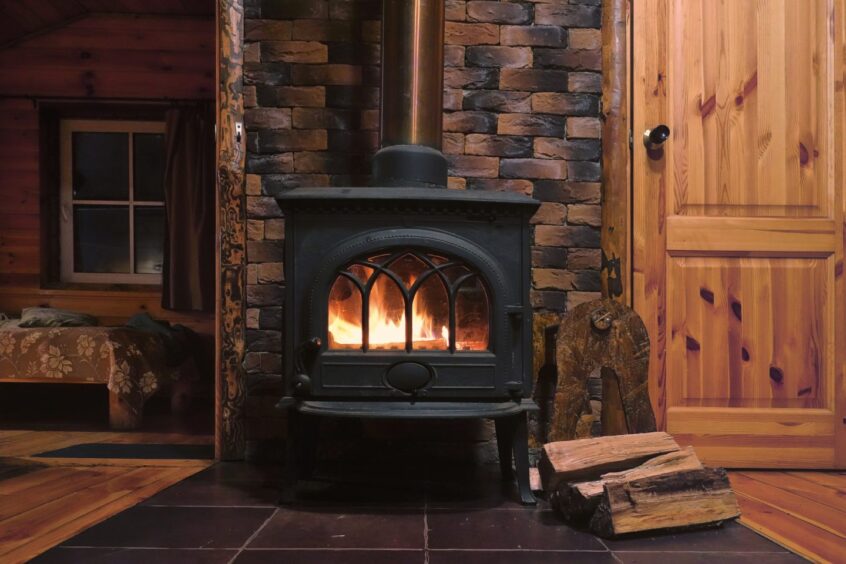
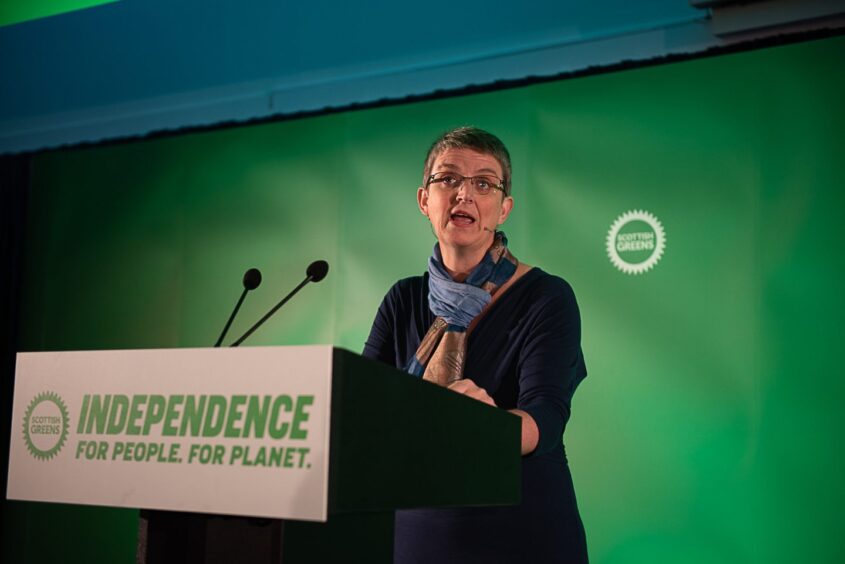
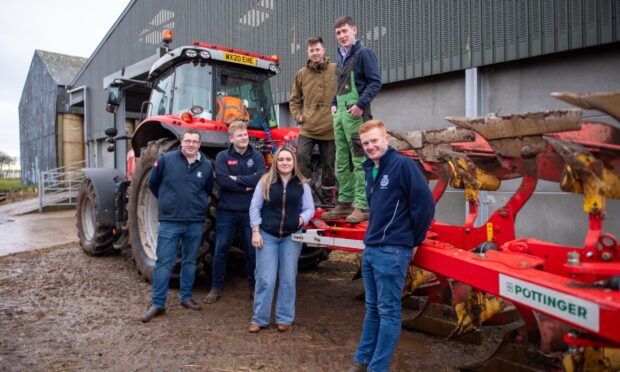
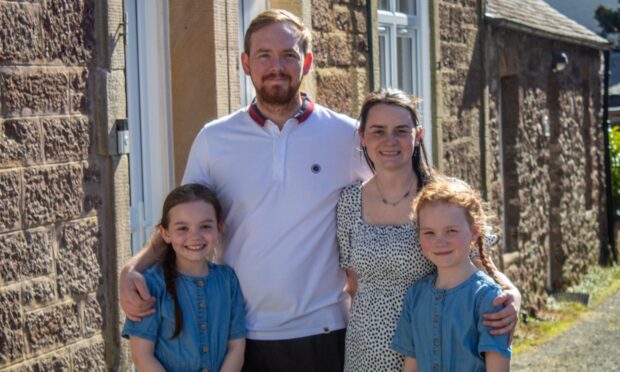
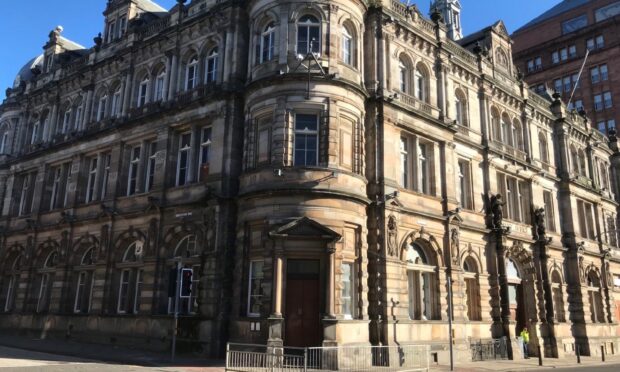
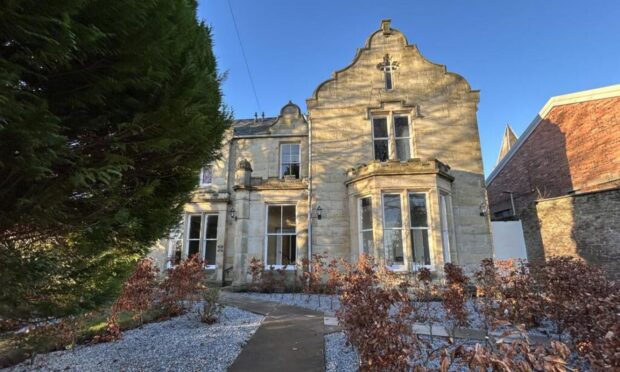
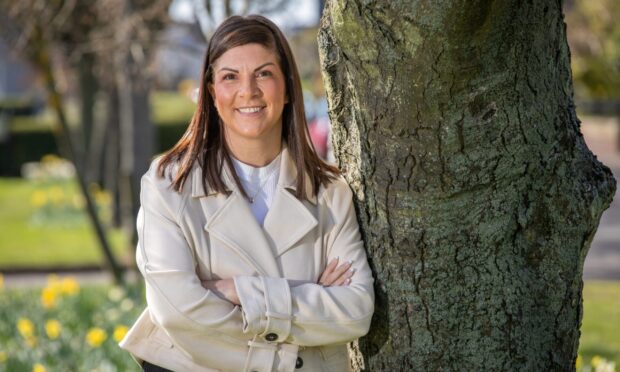

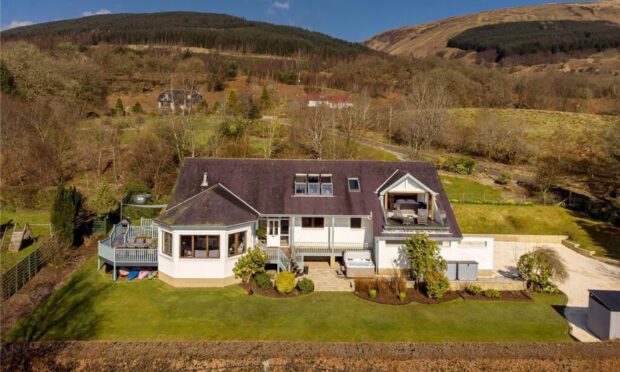
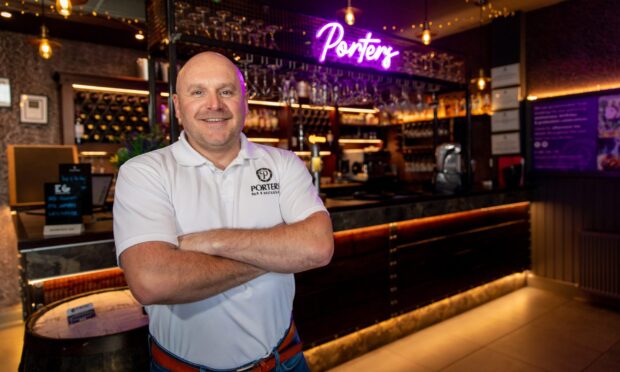

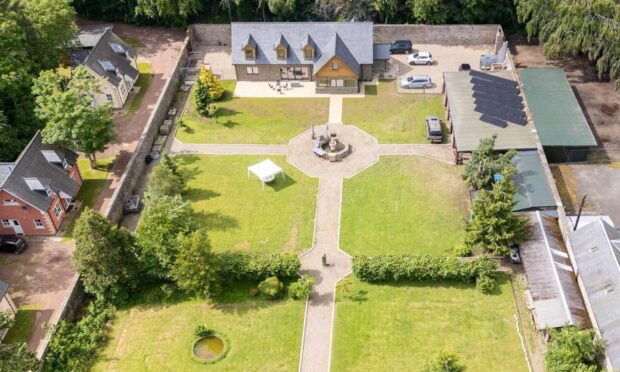
Conversation